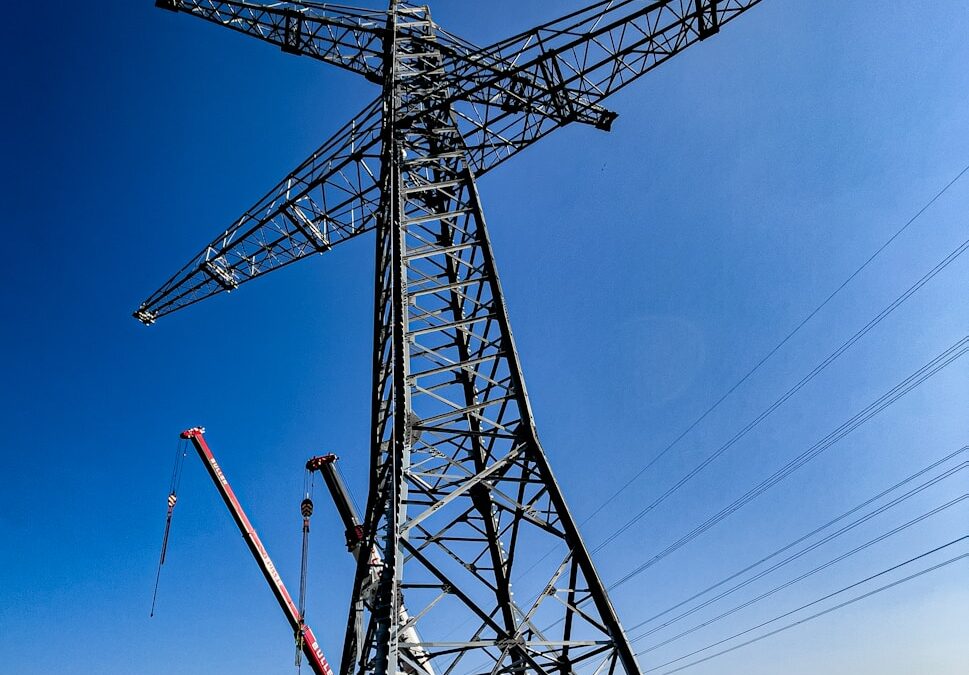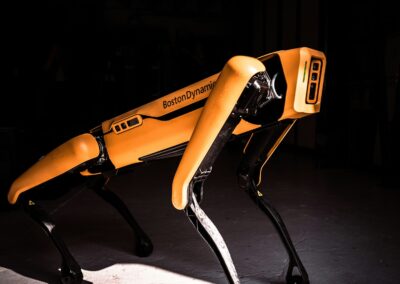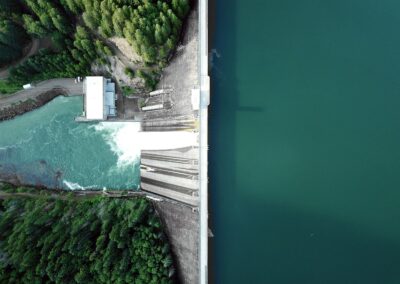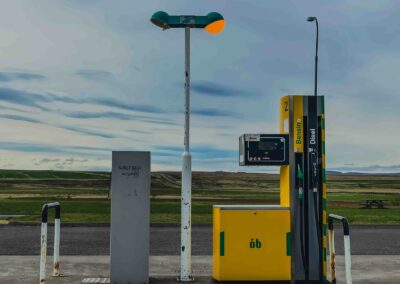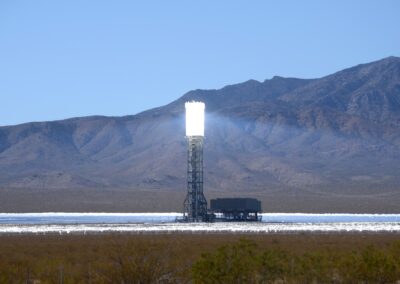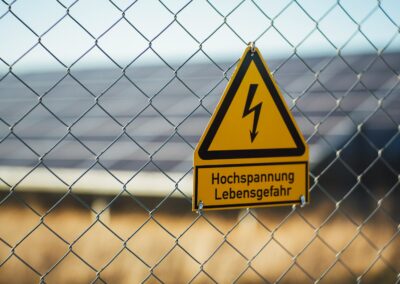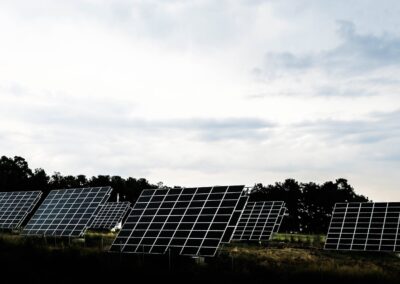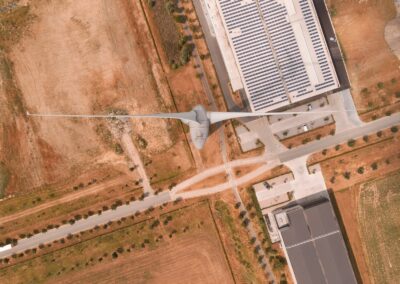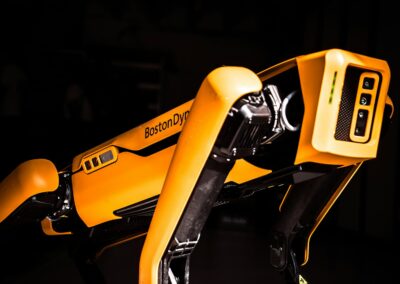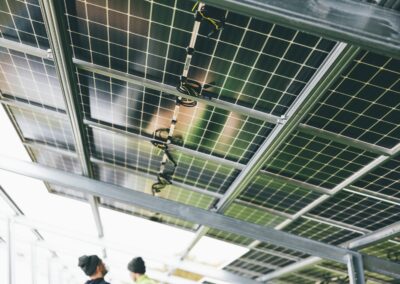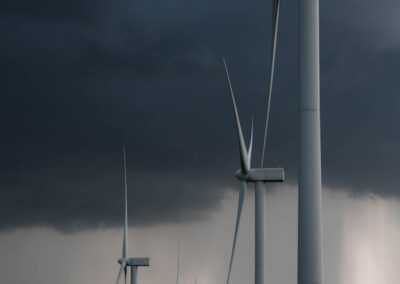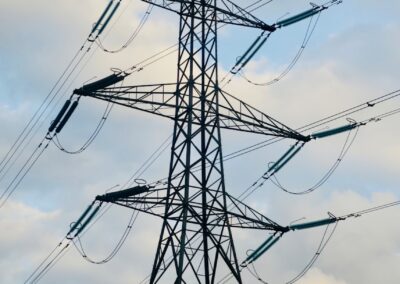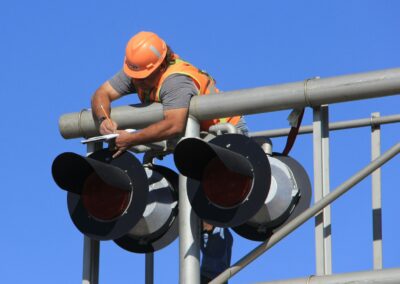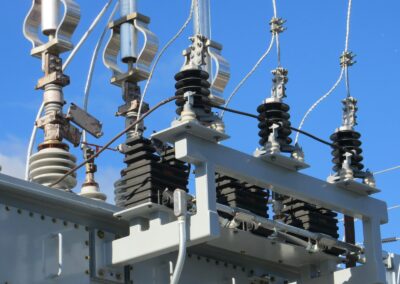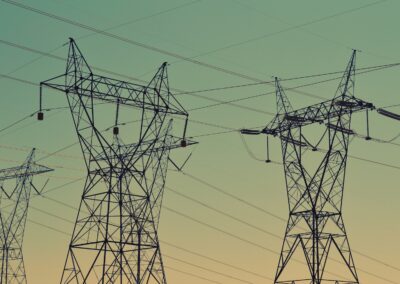Leveraging Digital Twins for Predictive Maintenance in Energy Systems
Introduction to Digital Twins in Energy Infrastructure
Digital twins are transforming the landscape of energy infrastructure by providing a virtual replica of physical assets, enabling real-time monitoring, analysis, and optimization. The integration of digital twins into energy systems significantly improves reliability and longevity through advanced predictive maintenance strategies. In regions such as Saudi Arabia and the UAE, where energy infrastructure is crucial for economic stability and growth, the adoption of digital twins presents numerous benefits.
By utilizing digital twins, energy companies can predict potential failures and maintenance needs before they occur. This proactive approach minimizes downtime, reduces maintenance costs, and enhances the overall efficiency of energy systems. Digital twins integrate various data sources, including sensors, historical maintenance records, and environmental conditions, to create a comprehensive model that accurately reflects the real-world performance of energy assets.
The implementation of digital twins in cities like Riyadh and Dubai is part of a broader strategy to modernize and secure energy infrastructure. These digital replicas allow operators to simulate different scenarios, assess the impact of new technologies, and optimize the performance of energy systems. As a result, digital twins contribute to the sustainability and resilience of energy infrastructure, ensuring a reliable supply of energy to meet growing demands.
Predictive Maintenance Strategies Enabled by Digital Twins
Predictive maintenance is a game-changer for energy infrastructure, and digital twins are at the forefront of this revolution. Traditional maintenance strategies often rely on reactive approaches, where repairs are made after a failure has occurred. In contrast, predictive maintenance uses data analytics and machine learning algorithms to anticipate and address issues before they lead to costly downtime.
Digital twins enhance predictive maintenance by continuously monitoring the condition of energy assets in real-time. They collect and analyze data from various sensors embedded in infrastructure components, such as turbines, transformers, and pipelines. This data-driven approach allows operators to detect early signs of wear and tear, corrosion, or other potential issues that could compromise the reliability of the energy system.
In the context of the Middle East, where extreme weather conditions and harsh environments can accelerate the degradation of energy infrastructure, predictive maintenance enabled by digital twins is particularly valuable. For example, in the UAE, digital twins can monitor the performance of solar panels and wind turbines, predicting maintenance needs based on real-time data and historical performance trends. This ensures that renewable energy sources operate at peak efficiency, contributing to the region’s sustainability goals.
Improving Reliability and Longevity of Energy Systems
The reliability and longevity of energy infrastructure are critical factors in ensuring a stable and continuous supply of energy. Digital twins play a vital role in achieving these objectives by providing detailed insights into the operational health of energy assets. By simulating different operational scenarios, digital twins help identify potential vulnerabilities and optimize maintenance schedules to extend the lifespan of infrastructure components.
For instance, in Saudi Arabia, digital twins can be used to model the impact of increased energy demand on the national grid. By analyzing data from various sources, including power plants, transmission lines, and distribution networks, digital twins can identify potential bottlenecks and suggest improvements to enhance grid reliability. This proactive approach reduces the risk of outages and ensures a consistent supply of energy to support economic growth and development.
Moreover, digital twins facilitate the integration of new technologies into existing energy systems. As the energy sector continues to evolve with the adoption of smart grids, distributed energy resources, and advanced storage solutions, digital twins provide a valuable tool for testing and validating these innovations. This ensures that new technologies can be seamlessly integrated into the energy infrastructure without compromising reliability or performance.
Future Prospects and Challenges of Digital Twins in Energy Infrastructure
Expanding the Role of Digital Twins in Smart Cities
As cities in Saudi Arabia and the UAE continue to develop into smart cities, the role of digital twins in energy infrastructure will expand. Digital twins will become integral to urban planning and infrastructure management, enabling city planners to simulate and optimize the performance of energy systems in real-time. This data-driven approach will enhance the efficiency, sustainability, and resilience of urban energy infrastructure.
In addition to improving energy systems, digital twins will facilitate the integration of other smart city technologies, such as intelligent transportation systems, smart buildings, and IoT-enabled devices. By providing a comprehensive digital representation of the city’s infrastructure, digital twins will support more effective decision-making and resource allocation, driving innovation and economic growth.
Addressing Challenges in Implementation
While the benefits of digital twins are clear, their implementation in energy infrastructure presents several challenges. One of the primary obstacles is the significant investment required in technology and infrastructure. Deploying digital twins involves installing advanced sensors, IoT devices, and data analytics platforms, which can be costly and require substantial upfront investment.
Another challenge is ensuring data security and privacy. With the continuous flow of real-time data from various sources, protecting this data from cyber threats is paramount. Energy companies must implement robust cybersecurity measures to safeguard data integrity and prevent unauthorized access. Compliance with local and international data protection regulations is also essential to maintain trust and avoid legal complications.
To overcome these challenges, a strategic approach to implementation is necessary. This includes conducting a thorough cost-benefit analysis, engaging stakeholders, and developing a phased deployment plan. Collaboration with technology providers and industry experts can help in overcoming technical hurdles and ensuring a smooth transition. Additionally, investing in training and development for technical staff is crucial to fully leverage the potential of digital twin technology.
Conclusion
Digital twins are revolutionizing the energy infrastructure sector by enabling predictive maintenance, improving reliability, and extending the lifespan of energy assets. For cities like Riyadh and Dubai, the adoption of digital twin technology aligns with their vision of becoming smart cities, driving innovation, and enhancing the sustainability of energy systems.
Despite the challenges associated with implementation, the benefits of digital twins make them a worthwhile investment for business executives, mid-level managers, and entrepreneurs. By leveraging these advanced technologies, stakeholders can optimize energy infrastructure, enhance grid stability, and contribute to the development of resilient, sustainable urban environments. As the technology continues to evolve, the future prospects of digital twins in energy infrastructure are promising, offering new opportunities for innovation and growth.
#DigitalTwins #EnergyInfrastructure #PredictiveMaintenance #SmartCities #Riyadh #Dubai #SaudiArabia #UAE #AI #Blockchain #Metaverse #ExecutiveCoaching #GenerativeAI #BusinessSuccess #LeadershipSkills #ProjectManagement

